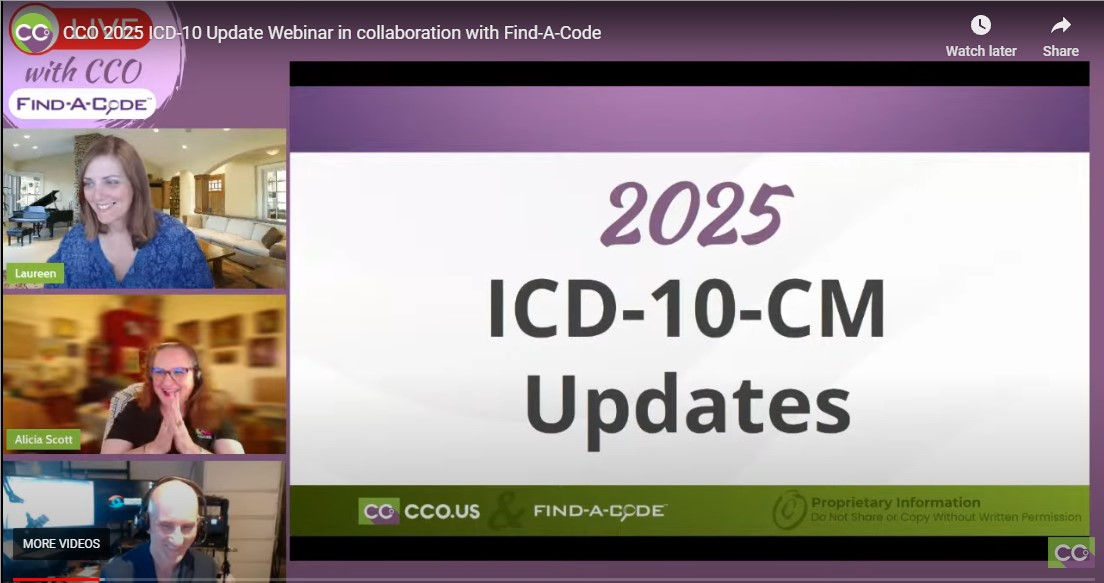ICD-9-CM (ICD-9, ICD9, ICD9CM) Diagnosis Codes - Group 89
- 890.0 open wound hip thigh mention complication ICD-9 Code
- 890.1 open wound hip thigh complicated ICD-9 Code
- 890.2 open wound hip thigh tendon involvement ICD-9 Code
- 891.0 open wound knee leg except thigh ICD-9 Code
- 891.1 open wound knee leg except thigh ICD-9 Code
- 891.2 open wound knee leg except thigh ICD-9 Code
- 892.0 open wound foot except toes alone ICD-9 Code
- 892.1 open wound foot except toes alone ICD-9 Code
- 892.2 open wound foot except toes alone ICD-9 Code
- 893.0 open wound toes mention complication ICD-9 Code
- 893.1 open wound toes complicated ICD-9 Code
- 893.2 open wound toes tendon involvement ICD-9 Code
- 894.0 multiple unspecified open wound lower limb ICD-9 Code
- 894.1 multiple unspecified open wound lower limb ICD-9 Code
- 894.2 multiple unspecified open wound lower limb ICD-9 Code
- 895.0 traumatic amputation toes complete partial mention ICD-9 Code
- 895.1 traumatic amputation toes complete partial complicated ICD-9 Code
- 896.0 traumatic amputation foot complete partial unilateral ICD-9 Code
- 896.1 traumatic amputation foot complete partial unilateral ICD-9 Code
- 896.2 traumatic amputation foot complete partial bilateral ICD-9 Code
- 896.3 traumatic amputation foot complete partial bilateral ICD-9 Code
- 897.0 traumatic amputation legs complete partial unilateral ICD-9 Code
- 897.1 traumatic amputation legs complete partial unilateral ICD-9 Code
- 897.2 traumatic amputation legs complete partial unilateral ICD-9 Code
- 897.3 traumatic amputation legs complete partial unilateral ICD-9 Code
- 897.4 traumatic amputation legs complete partial unilateral ICD-9 Code
- 897.5 traumatic amputation legs complete partial unilateral ICD-9 Code
- 897.6 traumatic amputation legs complete partial bilateral ICD-9 Code
- 897.7 traumatic amputation legs complete partial bilateral ICD-9 Code
Back to ICD-9-CM Diagnosis Codes Groups List
What is ICD-9?
The International Statistical Classification of Diseases and Related Health Problems (commonly known as the ICD) provides alpha-numeric codes to classify diseases and a wide variety of signs, symptoms, abnormal findings, complaints, social circumstances and external causes of injury or disease. Nearly every health condition can be assigned to a unique category and given a code, up to six characters long. Such categories usually include a set of similar diseases.The International Classification of Diseases is published by the World Health Organization (WHO). The ICD is used world-wide for morbidity and mortality statistics, reimbursement systems (insurance, Medicare, etc.) and automated decision support in medicine. This system is designed to promote international comparability in the collection, processing, classification, and presentation of medical statistics.
ICD has become the most widely used statistical classification system in the world. U.S. hospitals and other healthcare facilities record healthcare data by referring and adhering to a classification system published by the U.S. Department of Health and Human Services: International Classification of Diseases, 9th Revision, Clinical Modification (ICD-9-CM). The Clinical Modification or CM system was developed and implemented to better describe the clinical picture of the patient. The CM codes are more precise than those needed only for statistical groupings and trend analysis. The procedure component of ICD-9-CM is completely consistent with ICD-9 codes.
Note that ICD-9 was adopted in 1999 for reporting mortality, but ICD-9-CM remains the data standard for reporting morbidity. Revisions of the ICD-9 have progressed to incorporate both clinical code (ICD-9-CM) and procedure code (ICD-9-PCS) with the revisions completed in 2003. However, ICD-9 has not been phased out by the new revision.
Thank you for choosing Find-A-Code, please Sign In to remove ads.


 Quick, Current, Complete - www.findacode.com
Quick, Current, Complete - www.findacode.com